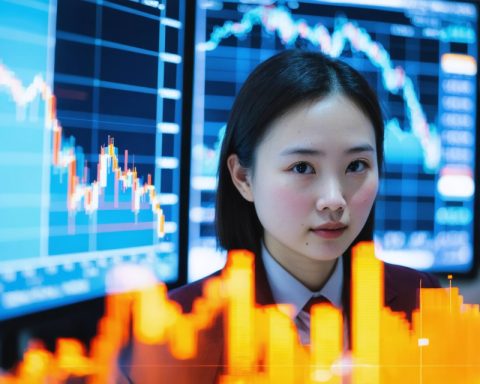Artificial intelligence (AI) has permeated numerous aspects of our daily lives, often in ways we may not even realize. At its core, AI involves the development of systems that can perform tasks that normally require human intelligence, such as visual perception, speech recognition, decision-making, and language translation.
One of the most ubiquitous applications of AI is in virtual assistants like Apple’s Siri, Amazon’s Alexa, and Google Assistant. These digital helpers rely on complex algorithms and large datasets to understand natural language and interact with users. Beyond assisting with everyday tasks, AI-powered assistants are continuously learning from interactions to improve their accuracy and functionality.
In the realm of healthcare, AI is making significant strides. AI algorithms are now capable of reading medical imaging—such as X-rays and MRIs—often with accuracy that rivals human radiologists. This capability allows for quicker diagnosis and can lead to more efficient treatment plans. Furthermore, AI is being employed in the development of personalized medicine, where data-driven insights help tailor treatments to individual patients’ needs.
Another area where AI is making its mark is in the field of transportation. Autonomous vehicles rely heavily on AI to navigate and make decisions on the road. Companies like Tesla, Waymo, and Uber are leading the charge to create self-driving cars that promise to reshape our transportation systems.
Moreover, AI is transforming industries such as finance, where algorithms analyze vast amounts of data to detect fraud, manage risk, and make investment decisions.
Indeed, the applications of AI are vast and varied, creating efficiencies and insights that were not possible before. From enhancing our smartphones to revolutionizing entire industries, AI is increasingly becoming an integral part of our daily lives.
AI Beyond the Surface: How It Shapes Our Environment and Economy
Artificial intelligence (AI) doesn’t just streamline tasks and improve efficiency; it’s also reshaping entire communities and economic landscapes in fascinating ways. While virtual assistants and autonomous vehicles capture headlines, AI’s role in sustainable development and labor markets is less visible but profoundly impactful.
How is AI contributing to environmental sustainability? One exciting development is AI’s ability to optimize energy usage. Smart grids powered by AI can predict energy demands and adjust accordingly, reducing waste and integrating renewable energy sources seamlessly. Additionally, AI is used in climate modeling and resource management, offering precision insights into ecological interventions that can help avert natural disasters.
AI’s influence in the labor market is both revolutionary and controversial. As AI-driven automation increases, certain jobs may become obsolete, raising concerns about unemployment and economic inequality. However, the technology also creates opportunities. AI fosters new job categories in technology development, data analysis, and AI maintenance. The challenge lies in retraining the workforce to adapt to these new roles.
What does this mean for education systems? Curriculums worldwide are starting to include AI and coding courses, preparing future generations for an AI-driven job market. This shift emphasizes the need for education systems to become more agile, ensuring students acquire relevant skills.
In conclusion, AI is more than a collection of smart tools; it’s a transformative force in environmental sustainability and economic structures. As communities adapt, striking a balance between innovation and inclusion is crucial. For further reading on AI’s societal impact, visit IBM and Microsoft.








